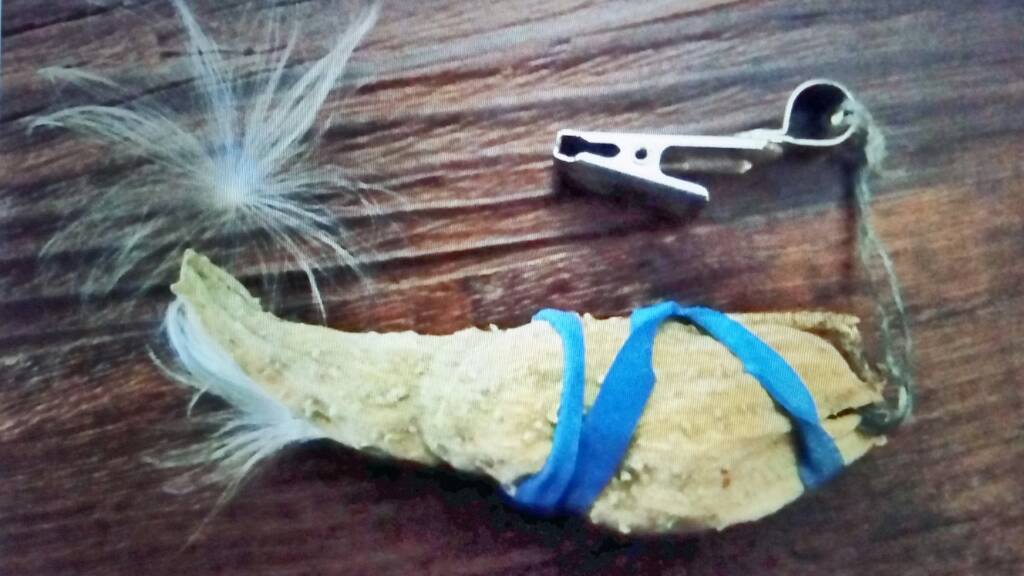Milkweed is hands down the best wind indicator for hunting and scouting purposes. I've carried a pod in my pocket for many years and I'm still learning about the finer points of wind patterns an air movement. There would be times that what seemed like baffling changes in wind direction was easily seen and explained with milkweed floaters. Example...One of my stands has a large white pine 25 yards away. On partly sunny days with light/calm winds, that pine will actually draw the airflow towards it...when the sun shines on it. During cloudy periods, the wind will flow in a good hunting pattern, but when the sun came out and warmth would hit that pine, it acts like a chiney. It actually draws air AWAY from the prevailing flow. The air draws over to the pine (across and through my shooting lanes). When the floater reaches the pine, it rises straight up until it gets above tree top then does a 90 and blows away with the REAL prevailing wind.
The day I figured that out was enlightening. I couldn't figure out why the wind seemed to be periodically screwing me. The the milkweed showed what was happening...Something seemingly irrelevant as sun, then clouds, then sun over and over was changing the micro pattern of airflow 90 degrees. It happened over and over that day. There was no doubt the cause. Sun heating a lone, dark colored tree.
There's no way I could have figured that out without milkweed.
Foliage is another driver of wind patterns. Choosing a stand site for November hunting based on summer air flow patterns is not always the best way. Airflow changes when the leaves drop.
Here how I set up a milkweed pod.
The clip keeps it handy. I don't have to dig in my pocket to find it, or drop it. The rubber band keeps the floaters contained because the pod naturally opens as it dries. It's easy to pinch a floater from the tip of the pod. If you aren't carrying this while hunting AND scouting, then you're not properly equipped.
Sent from my SM-G900V using Tapatalk

